“If your great-grandmother wouldn’t recognize it, or you can’t pronounce what’s on the label, don’t eat it.” |
Click below to join my FREE Facebook Group-
Women's Wellness Circle: Create Your Extraordinary Life AuthorHi, I’m Crystal! If you'd like to access my Farmer's Market Friday posts from 2018, click here!
Categories
All
|

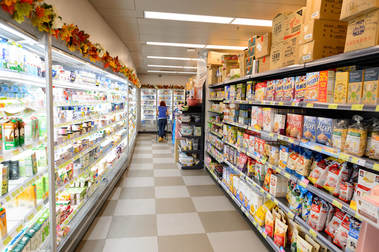
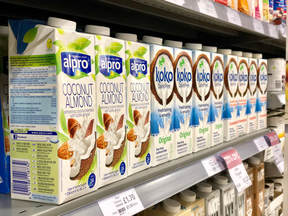
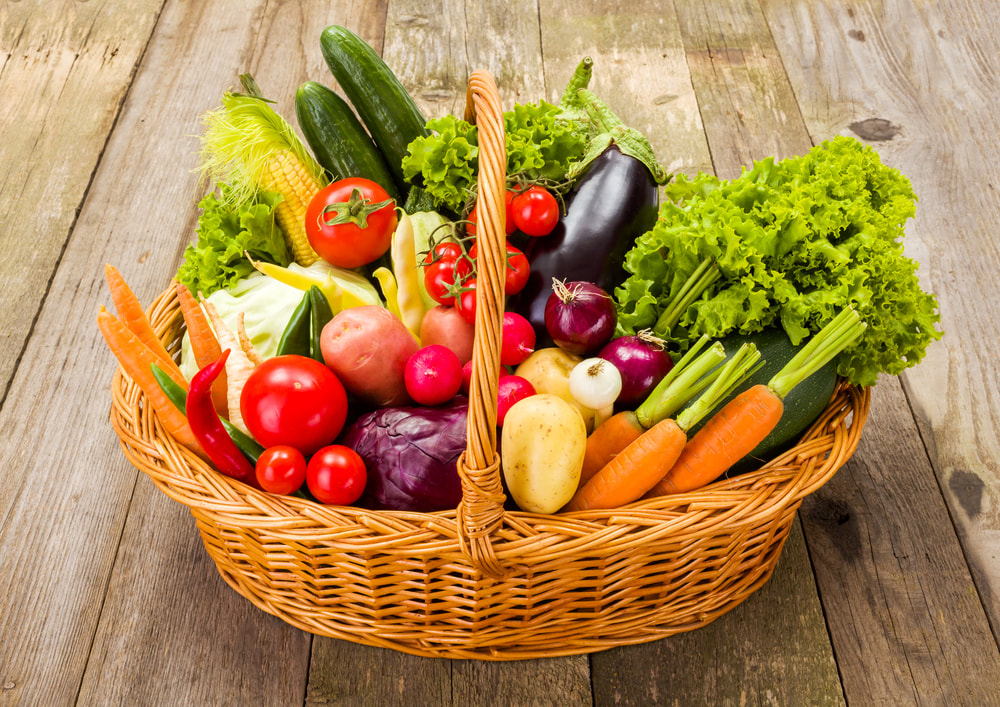
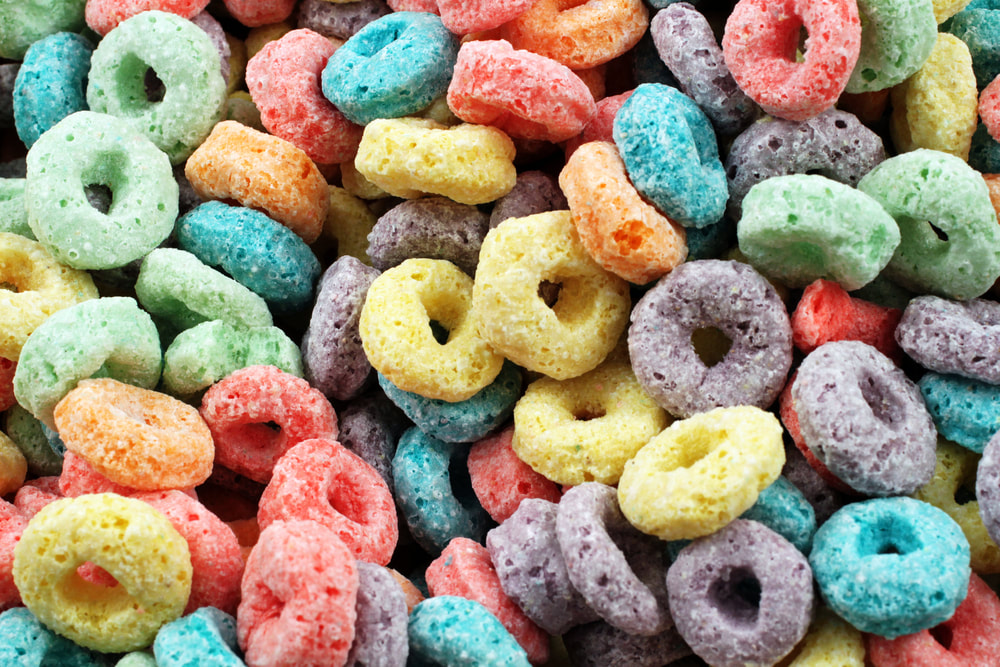
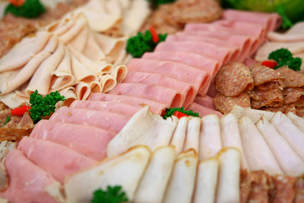


 RSS Feed
RSS Feed